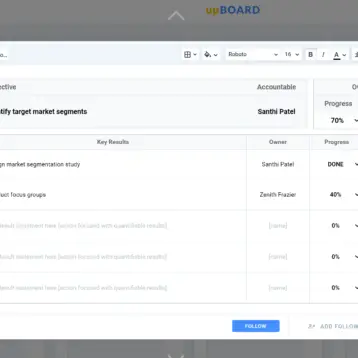Technology is rapidly revolutionizing our lives every single minute. In the last couple of years, every day 2.5 exabytes (2.5 quintillion bytes) of data was generated. These numbers are multiplying every year and are expected to grow many times in the coming years. Life without Big Data seems nearly impossible in current times.
This is why Big Data analysis has become one of the best career options for developers owing to the massive number of opportunities available. Across the globe, hundreds of new job opportunities are opening up every single day for Big Data Developers. A decade ago, nobody could have guessed Apache Spark would become such an indispensable part of Big Data Analytics.
Spark is particularly useful for Hadoop developers and can be an invaluable asset if you want a rewarding career as a Big Data Developer or Data Scientist. Getting hands-on Apache Spark and Scala training can be useful if you have little to no experience in this domain.

Banner vector created by fullvector – www.freepik.com
Why Learn Scala for Apache Spark?
Dealing with the complexities of Big Data means dealing with its four facets, namely volume, speed, variety, and accuracy. Only if you efficiently manage all these four facets you will be successful in handling, storing, evaluating, and retrieving information from data effectively.
Since the Spark framework is written using Scala programming language, it is often the preferred language by developers. If you are confused about whether to learn Python or Scala, here are the top five reasons why Scala is preferred by most Big Data Scientists and developers:
- As a scalable high-level language, Scala is considered to be lightning fast as compared to Python or Java for data analysis owing to its JVM.
- All the latest features of Apache Spark framework are first released in Scala and then ported to other languages.
- By learning Scala, programmers can learn to deal with many asynchronous libraries, reactive cores, functional programming, and the complex applications of Big Data systems without compromising on type safety.
- With easy access to a vast ecosystem of well-designed libraries, its JavaScript can let you create high-performance systems with ease.
- Even when it comes to Spark Streaming Support, Scala is a step ahead of Python as it utilizes Apache Spark’s core capabilities for streaming and popularity of Apache Spark and Scala can be assessed from the fact that this combination offers sophisticated solutions to complicated Big Data problems and it has transformed the way businesses function.
Tips to Improve your Knowledge of Apache Spark and Scala
1. Undertake Apache Spark and Scala training
A simple search can show you the current industry trends where Big Data companies have numerous vacancies for Scala developers who are proficient in data analysis and processing using Apache Spark.
This increase in demand is because Scala permits developers to code in an efficient manner without getting stuck in a trap of unreadable call-backs. If you enrol in an Apache Spark and Scala training, you can master the concepts of Apache Spark framework and get hands-on experience with practice sessions and exercises.
A certified course in Apache Spark and Scala will cover fundamental concepts such as Apache Spark Core, Spark Internals, RDD, Spark SQL, Spark Context, Motivation for Apache Spark, Spark Streaming, Mllib, GraphX and the use of Spark’s API and Scala functions to create and transform RDDs.
2. Understand the different uses of Apache Spark and Scala
Simply learning the language can never be enough unless you get sufficient practical knowledge. You must understand the different uses of Apache Spark and Scala right from Streaming Data, Machine Learning to Interactive Analysis.
You can start by searching for different case studies of companies such as Amazon, Uber, Visa, Pinterest, etc. This will help you analyze how the world’s biggest tech companies are using the power of technology to drive Big Data. Practicing different use-cases before a ‘Big’ interview can definitely come handy.
3. Learn to configure on-cloud and on-site
No matter which company you choose to work with, you must learn the configurations of both cloud-based and on-site apps. Often you may be required to do both for a single job.
The Future is Bright for Data Scientists
For beginners who are looking to make a stable career as Big Data Developers or Data Scientists, Apache Spark and Scala course is a win-win deal. Dive hassle-free into the world of Big Data with your extensive knowledge of Scala and Spark.










